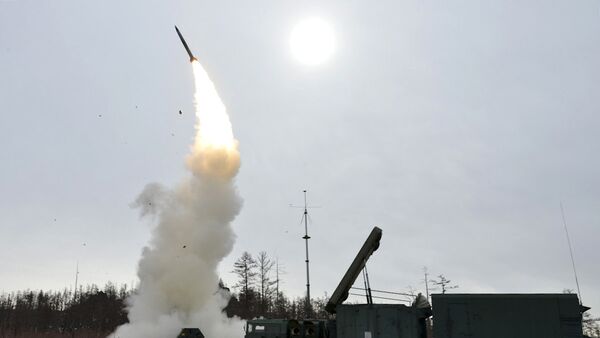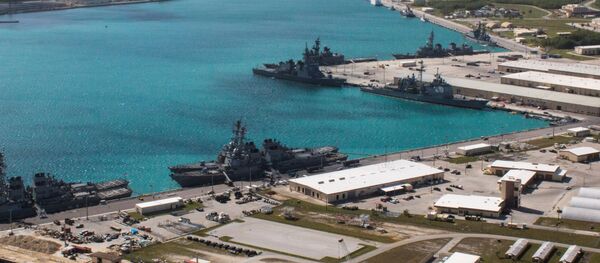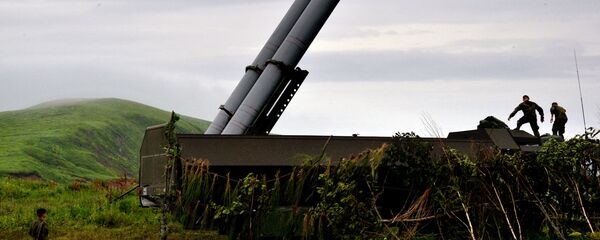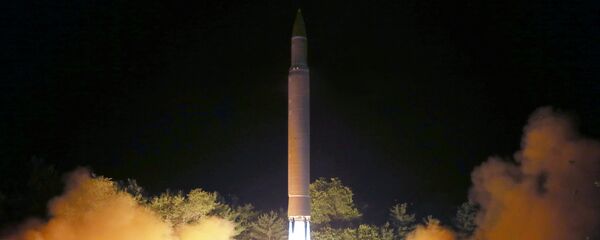"The Russian Armed Forces in the Far East, including air defense units, are serving as usual. No orders to switch to increased combat readiness have been made," a source in the Eastern Military District told Sputnik on Friday.
This statement refuted an earlier claim by Russian senator Viktor Ozerov, who told Sputnik that air defense systems in the Far East were put on a state of high alert amid the rising tensions over the Korean Peninsula.
Russia has repeatedly voiced concern over the escalation on the Korean peninsula. Russian Foreign Minister Sergei Lavrov said Friday that Russia opposes North Korea's possession of nuclear weapons, adding that the risk of the Washington-Pyongyang conflict turning into a war is "very high."
Tensions on the Korean Peninsula have recently intensified due to North Korea's multiple nuclear tests and ballistic missile launches conducted in violation of UN Security Council resolutions. Last month, Pyongyang conducted two missile tests. According to the Pentagon, both test-launches involved intercontinental ballistic missiles (ICBMs). At the same time, the Russian Defense Ministry disputed the claim, saying that the missiles were mid-range.
Russia’s sky in the region is protected by the 11th air and missile defense command headquartered in Khabarovsk. It is one of the most capable and advanced units within the Russian military.
Vladivostok is home to the 93rd air-defense division including four S-300PS air and missile defense systems divisions and two S-400 divisions. Together they have a total of nearly 50 launchers.
In addition, the 25th air-defense division is stationed in Komsomolsk-on-Amur. The unit has eight S-300PS divisions and two S-300V divisions, comprising a total of 80 missile launchers.
Despite the fact that the missile shield of the 11th army is supposed to repel potential attacks from the east and protect the Pacific Fleet, it can still operate in the Korean direction.
The Pacific Fleet also includes the 1,532nd missile regiment stationed in Petropavlovsk-Kamchatsky. It has three S-400 missile systems divisions.
"The missile shield in Russia’s Far East doesn’t have the potential to intercept ICBMs. At the same time, the S-300 and S-400 systems deployed in the region would easily intercept North Korean midrange missiles," Russian military expert Mikhail Khodarenok told Sputnik.
The expert pointed out that in order to quickly detect the launch of a ballistic missile it is necessary to use the assets of the Aerospace Forces, including early warning system satellites.




